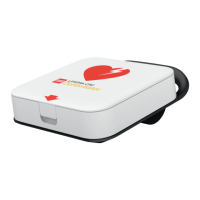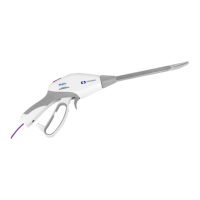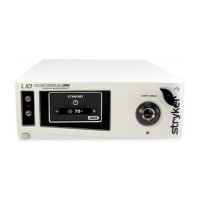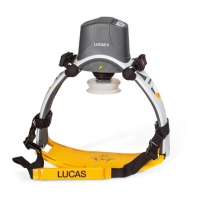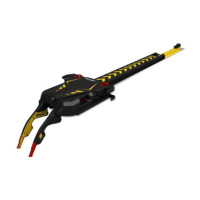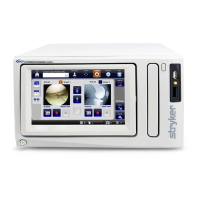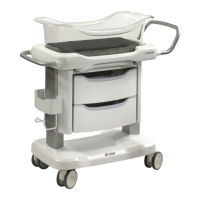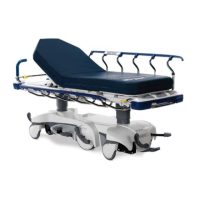Defibrillation Clinical Summaries
LIFEPAK 1000 Defibrillator Operating Instructions F-3
Copyright ©2021 Stryker
MONOPHASIC VS. BIPHASIC WAVEFORMS: OUT-OF-HOSPITAL TRIAL
Background
In a publication by Van Alem et al., the authors noted "Evidence suggests that biphasic
waveforms are more effective than monophasic waveforms for defibrillation in out-of-hospital
cardiac arrest (OHCA), yet their performance has only been compared in un-blinded
studies."
1
The authors subsequently conducted and reported on a randomized clinical trial
comparing the effectiveness of the LIFEPAK 500 defibrillation waveform (monophasic versus
biphasic). Specifically, the success of biphasic truncated exponential (BTE) and monophasic
damped sine wave (MDS) shocks for defibrillation were compared in a prospective, randomized,
double-blinded clinical trial of out-of-hospital (OOH) cardiac arrest patients.
Note: The identical ECG analysis Shock Advisory System and BTE (ADAPTIV biphasic
waveform) used in the LIFEPAK 500 AED is also used in the LIFEPAK 1000 defibrillator.
Methods
First responders were equipped with either a Physio-Control LIFEPAK 500 MDS or BTE
(ADAPTIV biphasic waveform) AED in a random fashion. Patients in VF received BTE or MDS
first shocks of 200 J. The ECG was recorded for subsequent analysis continuously. The
success of the first shock as a primary endpoint was removal of VF and required a return of an
organized rhythm for at least two (2) QRS complexes, with an interval of <5 seconds, within 1
minute after the first shock. The secondary endpoint was termination of VF at 5 seconds.
Results
VF was the initial recorded rhythm in 120 patients in OHCA, 51 patients received BTE and 69
received MDS shocks. The median time from collapse to first shock was 9 minutes for the
monophasic shock and 11 minutes for the BTE. The success rate of 200 J first shocks was
significantly higher for BTE than for MDS shocks, 35/51 (69%) and 31/69 (45%), p=0.01.
Termination of VF at 5 seconds after the first shock was 91% for the monophasic shock and
98% for BTE waveform. Return of spontaneous circulation was 61% for the Physio-Control
defibrillation shock. In a logistic regression model, the odds ratio of success for a BTE shock
was 4.01 (95% CI 1.01-10.0), adjusted for baseline cardiopulmonary resuscitation, VF-
amplitude and time between collapse and first shock. No difference was found with respect to
the secondary endpoint, termination of VF at 5 seconds (RR 1.07 95% CI: 0.99-1.11) and with
respect to survival to hospital discharge (RR 0.73 95% CI:0.31-1.70).
Conclusion
The authors concluded that BTE-waveform AEDs provide significantly higher rates of successful
defibrillation with return of an organized rhythm in OHCA than MDS waveform AEDs. This
supports the safety and effectiveness of the LIFEPAK 1000 defibrillator.
1
Van Alem AP, Chapman FW, Lank P, Hart AAM, Koster RW. A prospective, randomised and blinded comparison of first
shock success of monophasic and biphasic waveforms in out-of-hospital cardiac arrest. Resuscitation 2003;58(1):17-
24
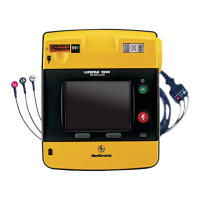
